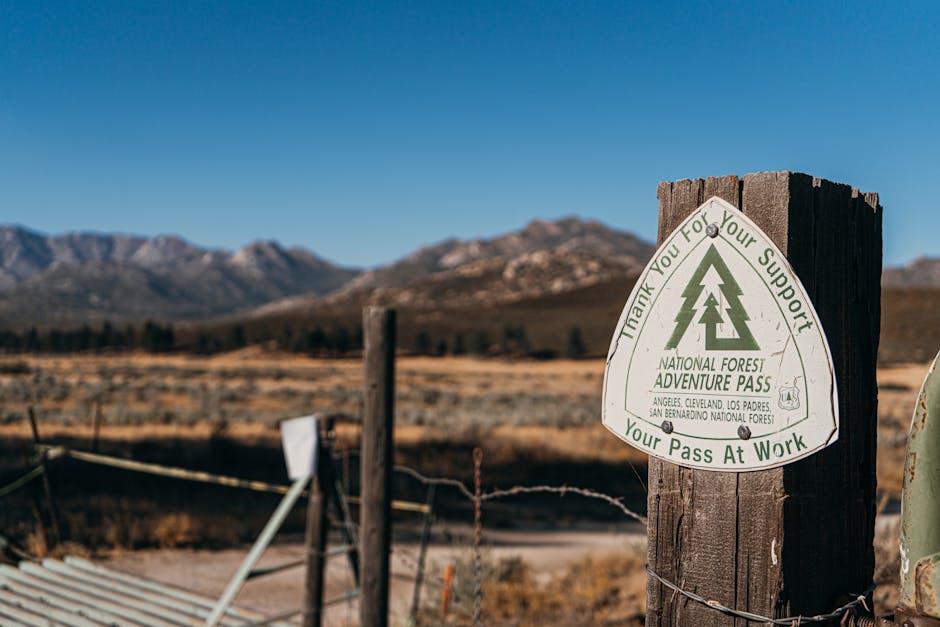What Wilderness Permits Are (And Why They Matter)
Wilderness permits aren’t just red tape they’re the gatekeepers of California’s most sensitive and spectacular backcountry zones. If you’re planning to spend the night deep in the wild, either in a state or national park, chances are high you’ll need a permit in hand. This applies to major wilderness regions like Yosemite, Sequoia Kings Canyon, and the Desolation Wilderness, to name a few.
The goal isn’t bureaucracy for the sake of it. These permits keep crowd numbers in check, protect fragile alpine ecosystems, and give rescue services a better sense of who’s out there and when. With heavy human traffic, even remote areas can degrade quickly trails widen, soil compacts, and wildlife patterns shift. Permits help slow that down.
They also make the experience better. Fewer campers mean quieter trails, open campsites, and a stronger sense of solitude. If you’re chasing the raw version of nature clean air, dark skies, the occasional deer at dawn this is the system working in your favor.
California State Parks: Getting a wilderness permit here often means dealing with local logistics. Many state parks issue permits on a first come, first served basis, usually through onsite ranger stations. It’s more analog than digital expect some waiting and early arrivals, especially in peak season. Some parks have adopted phone or regional online portals, but there’s no one size fits all system, so check with the individual park before heading out.
National Parks (e.g., Yosemite, Lassen, Joshua Tree): These use the centralized system at Recreation.gov for wilderness permit reservations. It’s more structured, but also more competitive. Permits open up months in advance and are snatched fast, especially for popular trailheads. If your dates are fixed, be ready the minute slots drop. If you’re flexible, you’ve got better odds.
Across both systems, quota rules apply. Not all trailheads have the same number of allowed entries, and peak seasons (like summer in Yosemite or spring in Joshua Tree) come with tighter caps. In short: when, where, and how you plan your trip can make or break your chances of getting a permit.
When You Need a Permit
Planning to explore California’s stunning backcountry? Timing matters and so does knowing when a permit is required.
Overnight Travel: Always Requires a Permit
If you’re embarking on an overnight trip, whether it’s a single night or a week in the wilderness, a permit is non negotiable.
Applies to both state and national parks
Required for all backcountry camping areas
Helps regulate usage and support ecosystem protection
Some Day Hikes Require One Too
Not all day hikes are permit free. High use or sensitive areas especially in popular destinations have restrictions.
Half Dome (Yosemite): Requires a permit to ascend the cables route, even for a day hike
Mount Whitney (Inyo National Forest): Day use permits are necessary for certain trailheads
Other high traffic zones may have seasonal or quota based requirements
Be sure to check the official website of the park or forest you plan to visit to confirm any limitations for your day hike.
Quotas, Seasonal Releases, and Sellouts
Trailhead permits are typically quota based. Each trail has a limited number of daily entries to preserve the wild character of the landscape.
Quotas vary by season, trailhead, and wilderness zone
Most permits for peak season are released months in advance
Popular trailheads can book up within minutes of release
Tip: Don’t wait until the last minute. If you’re targeting a sought after location, mark permit release dates on your calendar. Early research and flexibility are key.
For more guidance, see the next section on how to apply.
How to Apply in 2026

Getting a wilderness permit shouldn’t be a mystery. For most national parks in California, you’ll want to start with Recreation.gov. It’s the central portal for reserving permits, and it’s where the crowd goes so you’ll want to be ready when your park’s application window opens.
Timing matters. Most parks release slots in late winter or early spring. Yosemite, for example, opens its lottery in February for peak summer trailheads. Miss that window and you’re rolling the dice.
If you’re late to the game, don’t give up. Some parks hold back a small number of permits for walk ups or next day standby picks. It’s not a guarantee, but if you’re traveling light and playing it loose, those can be a solid fallback.
Maximize your odds by keeping your plans flexible. Being open to alternate trailheads, weekdays instead of weekends, or even shifting your start date by a day or two can make the difference between getting in or not. It’s not just about where you want to go it’s about when you ask.
Smart Planning: Routes, Rules, and Resources
Before you even think about applying for a permit, get tight on your route. Know how many miles you’ll be covering each day, what kind of elevation gain you’re taking on, and where your water sources are or aren’t. California backcountry can be gorgeous one day and brutal the next if you’re not prepared.
Bear canisters aren’t just a good idea they’re the law in many wilderness areas, including much of the Sierra. Rangers won’t hesitate to turn you around if you show up without one. Same goes for fire rules. Restrictions can change weekly, especially in late summer and fall, and if you’re relying on a campfire or even a stove, you need to double check that your plan still works.
Trail conditions are also dynamic snowfields, downed trees, or early season runoffs can turn a moderate loop into a Type 2 adventure. Don’t skimp on early research. And if you’re looking for multi day inspiration, start here: Exploring the High Sierra: Must Do Backpacking Loops.
Avoiding Common Mistakes
Planning a backcountry trip in California shouldn’t start with hitting “book now” on your dream trail. A classic mistake: booking travel or lodging before confirming permit availability. Popular routes especially in places like Yosemite or Desolation Wilderness sell out fast, sometimes within minutes of the release window opening. Until that permit is locked in, everything else is speculative.
Another issue? Group sizes and camp zone limits aren’t suggestions they’re rules. Many permits cap how many people can enter a particular zone each day, and others dictate where your group can camp. Skimming the fine print or assuming it doesn’t apply to you can get your trip shut down before it starts or worse, result in fines or citations.
Last, don’t underestimate California’s backcountry. People stuck in urban weather mode often misjudge the impact of elevation, unexpected storms, or lingering snow. Many summer trails are still socked in with snow through June. Add in heat, wildfire zones, or dry stretches with no water, and things get serious fast. Know your window, know your limits, and don’t treat the trail like a theme park.
Avoid these three errors, and you’re well on your way to a smoother, safer, and more rewarding wilderness experience.
Worth the Effort
Let’s be honest wilderness permits aren’t the fun part. They’re a few more clicks, a few more forms, and maybe even a lottery that doesn’t go your way. But here’s the trade: a little bureaucracy now means fewer crowds, less trail erosion, and actual quiet when you’re deep in the backcountry.
Permits exist to keep California’s wild places from turning into amusement parks. They cap impact, help rangers manage fragile zones, and keep wildlife wild. When everyone follows the rules, the wilderness stays wild for the next hiker too.
Put in the effort up front learn the routes, watch the calendars, submit the applications. What you get back isn’t just legal clearance it’s access to landscapes that feel completely untouched. Granite basins without a tent city. Alpine lakes you might have to yourself. Wilderness, in the truest sense. That’s worth the planning.
